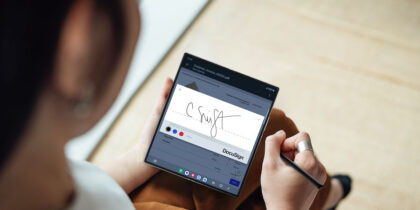Peer-to-peer insurance is one of the newest additions to the hot “P2P” market in FinTech, which has already seen considerable activity in lending and fundraising. The P2P sector emphasizes a human connection and a minimum of intermediary involvement, enabling like-minded people to collaborate in industries traditionally overseen by large financial institutions. P2P companies, like many others in the “sharing economy,” are primarily enabled by the rapid proliferation of consumer mobile devices.
The newly launched Lemonade, a P2P insurance company powered by technology and a focus on social good, is a prime example of how important the mobile ecosystem has become for financial services. As mobile devices have become consumers’ technology of choice, billions of customers are now within reach for peer-to-peer insurance providers.
Mobility Offers Increased Convenience
The convenience factor that smartphones offer can’t be denied. With these pocket-sized devices becoming as powerful as most home computers, smartphones have become consumers’ go-to tool for financial services ranging from insurance to mobile banking to crowdfunding. The mobile ecosystem, meanwhile, allows financial companies to experiment more flexibly with alternative strategies. For example, mobile technology allows Lemonade to issue their own policies, rather than relying on third-party brokers — a striking difference from the traditional model in which every service provider had to play by the same rules, leaving some potential customers’ needs unmet.
The primary objective of peer-to-peer insurance is to reduce — or even eliminate — fraud by removing intermediaries from the equation and reducing the incentive for insurance fraud by donating all unclaimed funds. This model also removes any incentive for Lemonade to deny claims, since that isn’t how the company generates profit.
While all parties involved in P2P insurance benefit from direct collaboration between users, many interactions are automated. For example, chatbots can take care of the more mundane tasks associated with the insurance process — cutting their completion time from days to weeks down to hours or even minutes. Companies can keep staff on hand to assist when customers have questions or when unusual situations arise.
Beyond automation, the peer-to-peer model reduces costs in other ways. Intermediaries are very expensive, as they need to oversee every detail of a transaction between multiple parties. The peer-to-peer insurance model lowers premium prices, making products and services more affordable and attractive to consumers.
Peer-to-peer platforms are getting a huge boost from government policies. Find out here how recent government trends are helping these platforms gain momentum.








